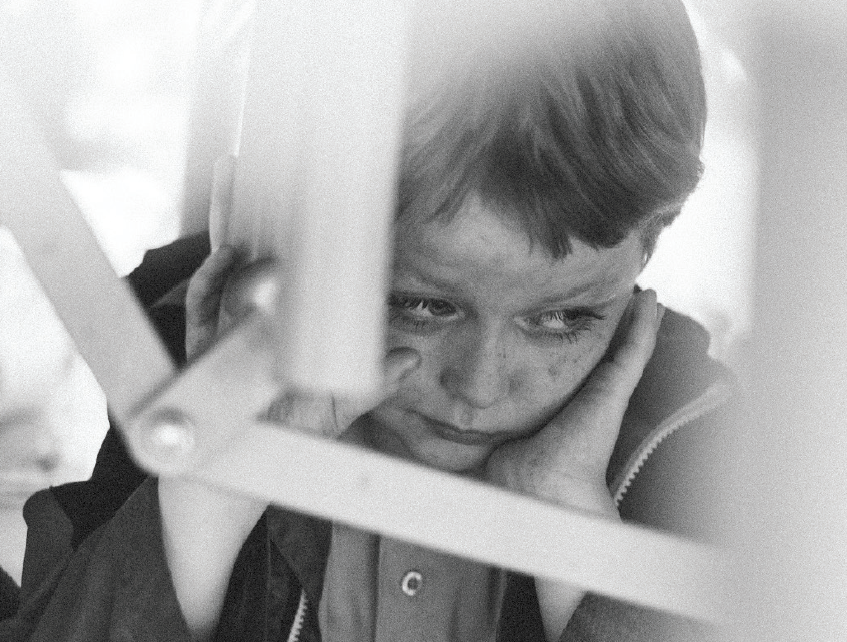 NAHT CYMRU has welcomed the publication of key messages for education professionals from the Centre of Expertise on Child Sexual Abuse
NAHT CYMRU has welcomed the publication of key messages for education professionals from the Centre of Expertise on Child Sexual Abuse
The ‘Key messages from research on child sexual exploitation: Professionals in school settings’ paper aims to increase school professionals’ confidence to take appropriate action based on the best current research evidence. The paper looks at understanding child sexual abuse and offers best practice in supporting young people affected.
The Centre of Expertise on Child Sexual Abuse is also embarking on a long-term project to look at the scale and nature of child sexual exploitation in England and Wales. It has produced an initial scoping document that assesses the current knowledge of CSE and outlines the breadth of the work it hopes to undertake.
The Centre of Expertise on Child Sexual Abuse is funded by the Home Office, led by Barnardo’s, and works closely with key partners from academic institutions, local authorities, health, education, police, and the voluntary sector. It works on identifying, generating and sharing high-quality evidence of what works to prevent and tackle Child Sexual Abuse (including Child Sexual Exploitation (CSE), and to inform both policy and practice .
WHAT IS CSE?
‘ Child sexual exploitation is a form of child sexual abuse where an individual or group takes advantage of an imbalance of power to coerce, manipulate or deceive a child or young person under the age of 18 into sexual activity (a) in exchange for something the victim needs or wants, and/or (b) for the financial advantage or increased status of the perpetrator or facilitator ‘ . (New England definition 2017).
There is no one way that CSE is perpetrated. Grooming is common in some forms of CSE, but it is not always present. Online and offline exploitation can overlap. That children and young people may appear to co-operate cannot be taken as consent: they are legally minors and subject to many forms of coercion and control. These abuses of power are similar to those which are recognised in domestic violence and they may lead to children and young people being unable to recognise what is happening to them as abuse.
Whilst all of the research evidence to date shows that girls and young women are the majority of victims, boys and young men are also exploited. The average age at which concerns are first identified is at 12 to 15 years, although recent studies show increasing rates of referrals for 8 to 11 – year – olds, particularly in relation to online exploitation. Less is known about the exploitation of those from Black and Minority Ethnic (BME) and Lesbian, Gay, Bisexual and Transgender (LGBT ) communities.
There is no ‘typical’ victim. That said, some young people may be more vulnerable than others, and a range of indicators have been highlighted to which professionals should be alert.
These include: prior abuse in the family; deprivation; homelessness; misuse of substances; disability; being in care; running away/going missing; gang-association. It is not known whether these also apply to young people where exploitation begins or wholly occurs online, although some factors appear to be involved in both contexts. It is important to remember that indicators are not evidence that sexual exploitation has taken place. All they suggest is that practitioners need to use their professional curiosity and judgement to explore what is going on with each young person.
Child sexual exploitation can happen to young people from all backgrounds. Whilst young women are the majority of victims, boys and young men are also exploited.
A ‘ WHOLE SCHOOL ’ APPROACH
Creating an educational environment in which there is a ‘whole-school’ approach to addressing gender inequality, sexual consent, and relationships built on respect is crucial in responding to violence and abuse, including CSE. The curriculum, school policies, pastoral support and school ethos all contribute to environments that enable or challenge exploitative practices and the attitudes that condone them.
PREVENTING CSE THROUGH THE CURRICULUM
Work to prevent CSE should be taking place in independent and maintained schools, as well as state-funded schools, free schools and academies (where appropriate) and alternative educational settings, including Pupil Referral Units, Short Stay Schools, colleges and post- 16 training, including from independent providers.
Schools are ideally placed to deliver information to students about CSE and a number of resources exist for them to use in doing so. It is important that this work also challenges attitudes and helps students to develop emotional and social skills. Opportunities to learn about sexual exploitation should be available in age appropriate forms in both primary and secondary schools. Open conversations inside and outside the classroom can help children recognise potentially abusive behaviours, identify trusted adults who they can talk to and offer information about support services.
Some young people may be more vulnerable – those who have experienced prior abuse, are homeless, are misusing alcohol and drugs, have a disability, are in care, are out of education, have run away/ gone missing from home or care, or are gang-associated.
All schools (including alternative educational settings such as Pupil Referral Units and Short Stay Schools, colleges and post-16 training) should assume that CSE is an issue that needs to be addressed.
An educational environment where there is a ‘whole-school’ approach to addressing gender inequality, sexual consent, and relationships built on respect should be developed.
All schools are ideally placed to deliver information to students about CSE through preventative education that delivers knowledge and challenges attitudes.
Staff within the school community should be trained to spot potential ‘warning signs’ of CSE and to feel confident to begin conversations based on their concerns.
Multi-agency links mean that schools can be part of developing a protective community network which holds perpetrators to account.
A SAFE AND SECURE LEARNING ENVIRONMENT
A prevention curriculum should be combined with a safe and secure school environment which promotes positive and respectful relationships between peers, between students and staff, and includes wider parent/carer engagement.
Whilst the school environment can represent a positive space for young people, it may also be a context within which they experience sexual exploitation. Sexual exploitation can also involve peers in complex ways, as facilitators, abusers or bystanders. Grooming and sexual exploitation may take place during the school day, including by gang-associated peers. Some students may introduce other young people to exploiters. Social media may facilitate the spreading of gossip and images around peer groups so that the impact of CSE taking place outside of school may ‘migrate’ back into it.
Every school community should assume that CSE is an issue. In addition to educating young people about CSE, schools need to identify and support young people who are affected. Links should be made with relevant school policies, including those on bullying, sexual violence and harassment and equalities. Young people may not think of themselves as victims and may believe that they are in love. A proactive approach should therefore be taken to identifying victims, distinguishing between disruptive behaviour and early warning signs of exploitation.
















